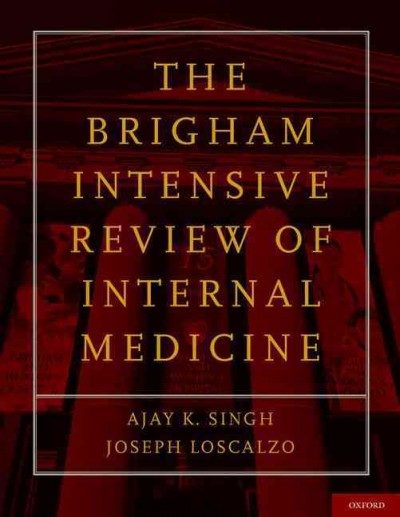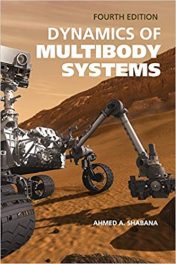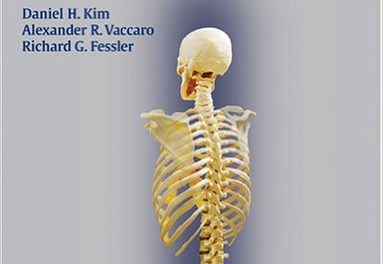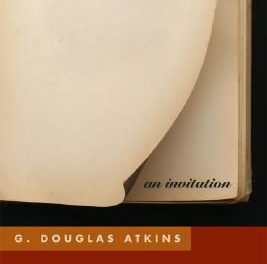 Editors: Ajay K. Singh, MBBS, FRCP (UK), MB, Joseph Loscalzo, MD, PhD
Editors: Ajay K. Singh, MBBS, FRCP (UK), MB, Joseph Loscalzo, MD, PhD
Publisher: Oxford University Press, 1109 pages
Book Review by Nano Khilnani
This book is the first edition of the Brigham Intensive Review of Internal Medicine from Harvard Medical School. It has been prepared for medical students and doctors-in-training to obtain certification for practicing medicine, and recertification by previously-certified physicians.
By successfully reviewing for and passing the American Board in Internal Medicine (ABIM) exam with the aid of this review guide, students officially become doctors and doctors ‘revalidate’ their practice.
This highly valuable book has many good features, some of them being:
- It has a long and distinguished history, based on the IRIM course begun in 1977
- It has 11 broad sections on numerous groups of specialties in internal medicine
- It also covers geriatrics, occupational medicine, palliative care and psychiatry
- It has 109 medical-surgical topics of study, research and review within its pages
- It has 142 contributors, most of them MDs, but also MPHs, PhDs and ScDs.
- It has material from professors at Harvard and other outstanding med schools
- Its editors – Dr. Ajit K. Singh and Dr. Joseph Loscalzo – are top physicians
To aid in retention of the material in this book, the editors have provided an ample number of full-color photos. What better way to know what an infectious disease really looks like than to actually see a photo of it?
The book also has x-ray photos, microscope slides, illustrations, charts and tables that help you understand and absorb the material more easily.
This review book is truly comprehensive. Practically all medical specialties are covered in it, so the exam taker would not have to go look for other books for exam preparation.
What is truly useful is that at the end of each section, a summary is provided, easing retention of the material covered within. Also, board review questions are provided. This is a simulation of what you will be faced with, when you take the exam. There are also lists of other books to read on the topics covered that you could refer to, to gain more intensive understanding on a subject or topic.
To give you an overview, here are the specialties covered in this book: infectious disease; hematology and oncology; rheumatology; pulmonary and critical care medicine; endocrinology; nephrology and hypertension; digestive diseases and disorders of the pancreas and liver; cardiovascular disease; neurology; general internal medicine; and board practice.
To give you an example of the content of a particular section, this is what is found in Section 1: It is entitled Infectious Disease. Among other topics, you review material on pneumonia and respiratory infections, HIV and AIDS, infective endocarditis, immunizations, tropical infections, sexually transmitted diseases, dermatologic manifestations of infectious disease.
In summary I found this book to be superior in quality, providing above-average coverage of material in the various specialties in internal medicine. I highly recommend it to students to use as review and exam preparation. This is also a good book for practicing physicians to have at hand to keep up to date on their medical knowledge and use as a reference source.
Dr. Ajit K. Singh is an Associate Professor of Medicine at Harvard Medical School in Boston and Director of Global Programs there. At Brigham and Women’s Hospital in Boston he is Director of Postgraduate Medical Education in the Department of Medicine and a physician in its renal division.
Dr. Joseph Loscalzo he is Hersey professor of the Theory and Practice of Physic at Harvard Medical School. He is also Chairman of the Department of Medicine and Physician-in-Chief at Brigham and Women’s Hospital.
They have demonstrated their superior level of capability as leaders by compiling an immense amount of useful material from more than 140 specialists, and as editors by organizing it, and laying it out in this large and highly valuable book in the field of medical education.







